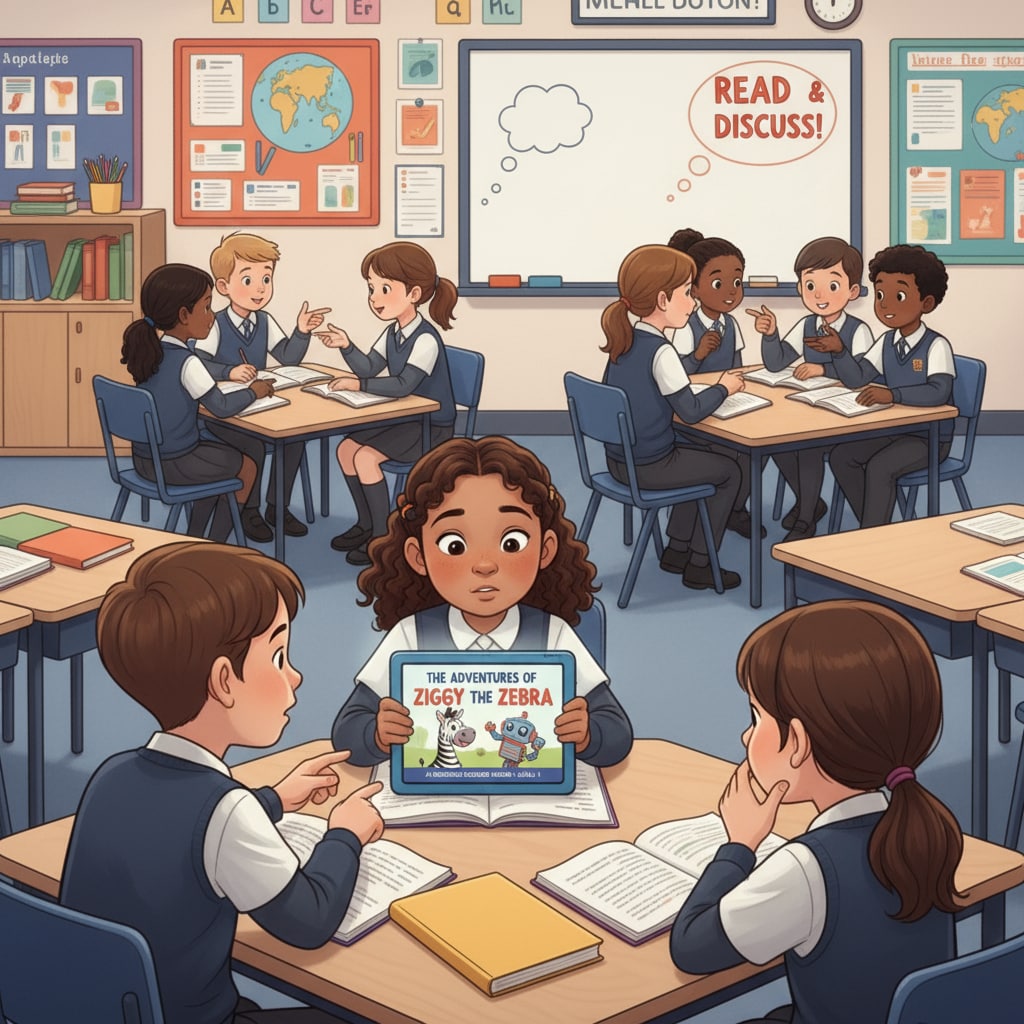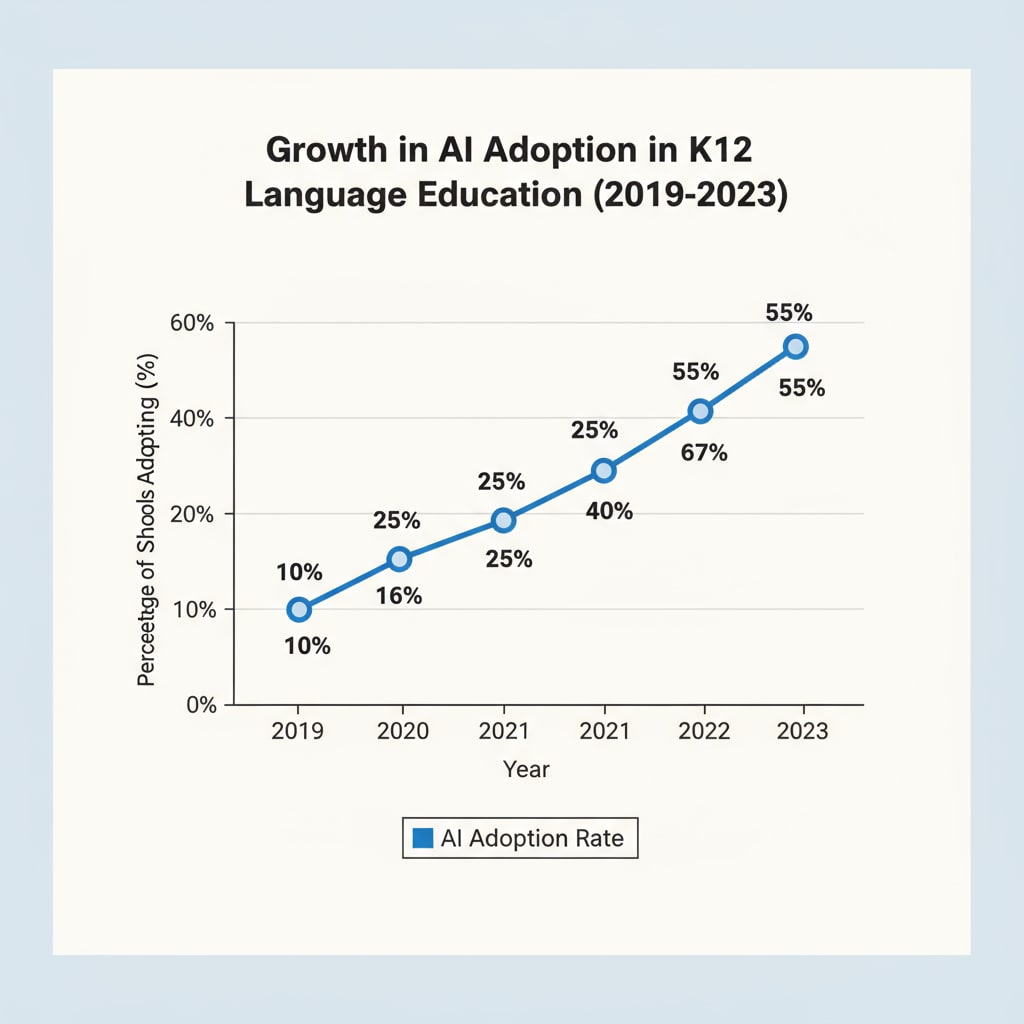AI tools, decodable reading materials, and educational applications are at the forefront of transforming K12 language education. In recent years, the integration of artificial intelligence in education has opened up new possibilities, especially in the creation of decodable reading materials. These materials are designed to help students learn to read by breaking down words into their individual sounds and teaching them the corresponding letter patterns.

As technology continues to evolve, it’s essential to evaluate the educational value of these AI-generated resources.
The Rise of AI in K12 Language Education
The use of AI in education has witnessed a significant surge in recent times. AI tools can analyze vast amounts of data to understand students’ learning patterns and preferences. For example, they can identify areas where students struggle and provide personalized learning experiences. In the context of K12 language education, AI is being used to develop decodable reading materials that are tailored to individual students’ needs. This personalized approach has the potential to enhance students’ reading skills more effectively.

Advantages of AI-Generated Decodable Reading Materials
One of the major benefits of AI-generated decodable reading materials is their ability to provide immediate feedback. Students can receive instant responses on their reading performance, which helps them correct their mistakes promptly. Additionally, these materials can be customized based on a student’s reading level. For instance, an AI system can adjust the difficulty level of the text according to the student’s progress. This adaptability ensures that students are constantly challenged at an appropriate level. AI in Education: A Practical Guide
Another advantage is the variety of content that AI can generate. AI algorithms can create a wide range of reading materials on different topics, keeping students engaged and interested in the learning process. This diversity of content also exposes students to different vocabulary and language structures, enriching their language skills.
Limitations of AI-Generated Decodable Reading Materials
Despite their many advantages, AI-generated decodable reading materials also have some limitations. One concern is the lack of human touch. These materials may not be able to fully replicate the interactive and emotional aspects of learning from a human teacher. For example, a teacher can provide encouragement and motivation in a way that an AI system might not be able to. AI Standards for Education
Moreover, the accuracy of AI-generated content may not always be perfect. There could be errors in grammar, vocabulary, or context, which might mislead students. Ensuring the quality and reliability of these materials is crucial for effective learning.
Strategies for Educators to Leverage AI Tools
Educators can play a vital role in maximizing the potential of AI-generated decodable reading materials. They can use these materials as supplementary resources to enhance their existing teaching methods. For example, teachers can assign AI-generated reading materials for homework and then discuss the content in class, providing additional explanations and guidance.
Teachers can also use AI tools to analyze students’ performance data and identify areas where individual students need more support. This data-driven approach can help educators personalize their instruction and provide targeted interventions.
Readability guidance: In this article, we have explored the various aspects of AI-generated decodable reading materials in K12 language education. By understanding their advantages and limitations, educators can make informed decisions about how to incorporate these tools into their teaching. With the right strategies, AI can be a powerful ally in enhancing students’ reading skills and overall language proficiency. However, it’s important to remember that AI is not a replacement for human teachers but rather a tool to support and enhance the learning process.


